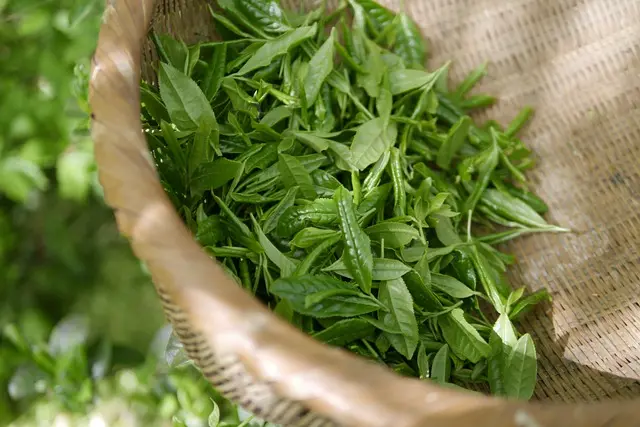
Phenolic compounds can be studied under five main classes. These; flavonoids, phenolic acids, tannins, stilbenes and lignans. Flavonoids are divided into various groups within themselves. A few of these groups are flavones, anthocyanins, catechins and flavanones. Let’s talk about what anthocyanin is today.
What is anthocyanin?
Anthocyanins are phenolic compounds that can impart various colors to fruits and vegetables. These colors can vary from pink to purple. Colorful fruits such as peaches, strawberries, pomegranates, cherries, blackberries, plums and grapes and dark vegetables such as black beans, red radishes, purple corn and purple sweet potatoes are rich natural sources of anthocyanins. Besides these natural sources, processed products also contain anthocyanins. Some of these products are yogurt, jelly, juices and red wine.
Effects of Anthocyanins on Health
Anthocyanin has many positive effects on our health. Some of these effects are antioxidant, anti-inflammatory, anti-carcinogenic, anti-hemostatic and anti-obesity. Thanks to these effects, anthocyanins have therapeutic effects that are very important for our health.
- May reduce the risk of cancer.
- It is good for cardiovascular diseases.
- Shows antioxidant properties. Thanks to this feature, it plays an active role in repairing DNA damage, alleviating oxidative damage and inflammation.
- Protects from the negative effects of free radicals.
- It has the effect of reducing the risk of chronic diseases.
- It prevents the increase of blood sugar levels of type 2 diabetes patients and has an effect of increasing insulin sensitivity.
- May reduce neurological disorders such as Alzheimer’s disease.
- They are compounding that people often use in their diets thanks to their anti-obesity feature.
Anthocyanins, which have about 600 or more types, should be analyzed and these compounds should be identified. For this purpose, some technological methods are used. Some of these methods are chromatographic methods, purification techniques and spectroscopic techniques.






